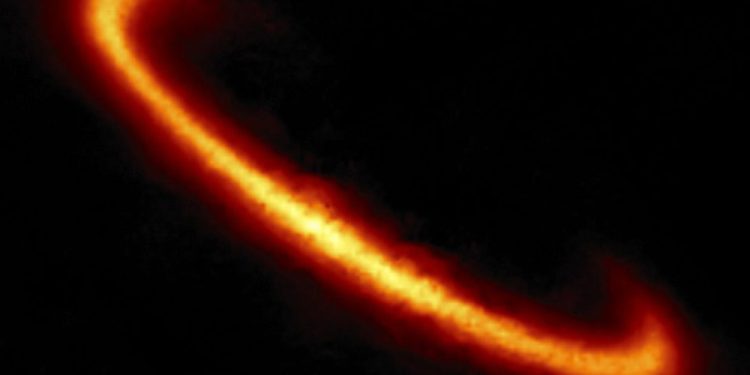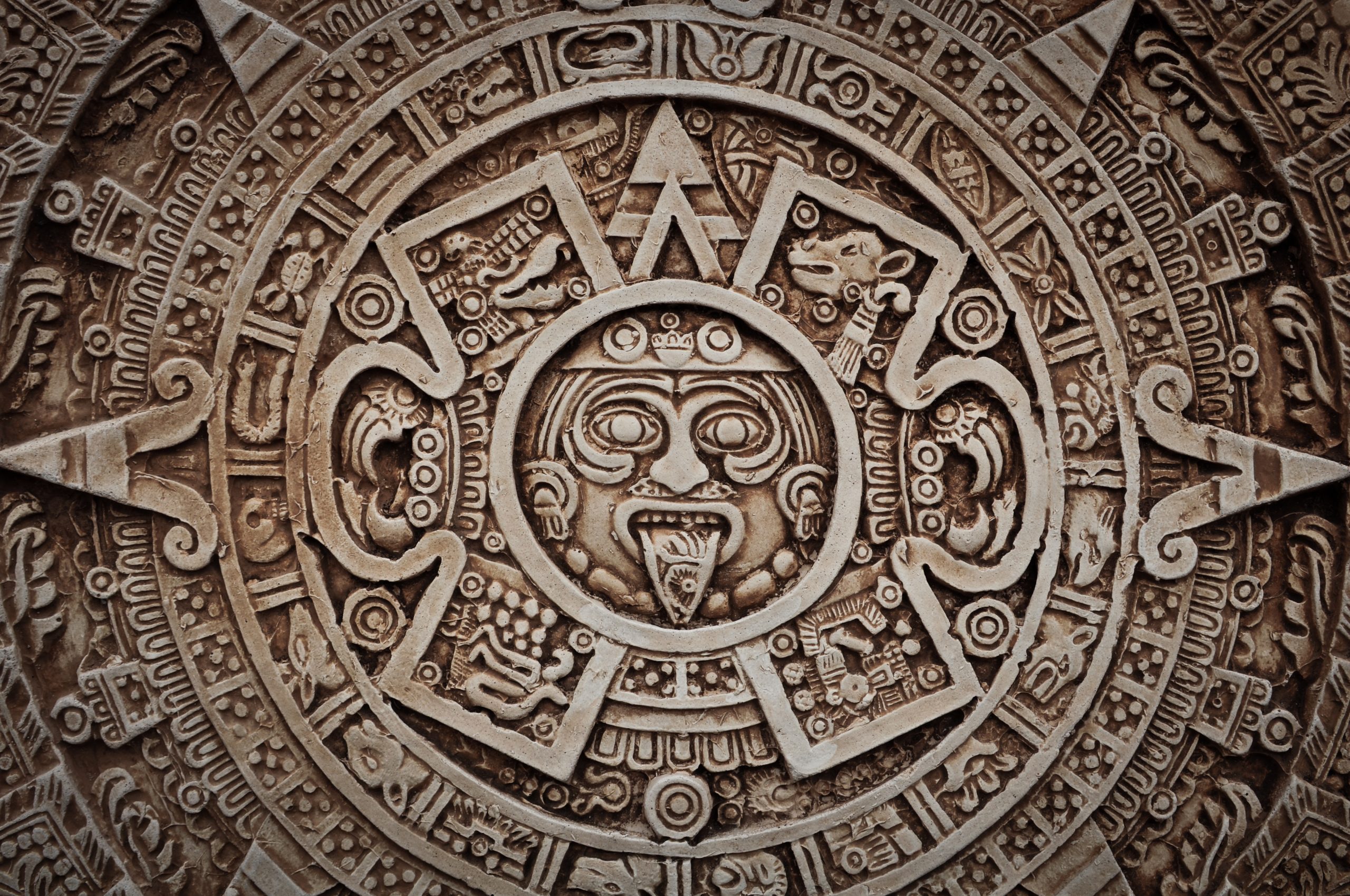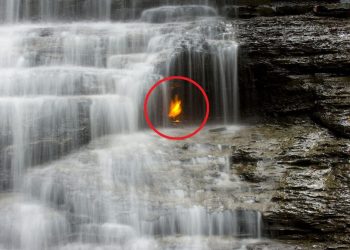A group of scientists has detected four mysterious objects in deep space that are said to be “unlike anything we’ve ever seen before.”
There is something unusual swarming in the depths of space. Something which has astronomers baffled.
Researchers have reported discovering four faint objects that are circular in radius and glow at their edges.
These are astronomical objects of an unknown class, never before reported by astronomers. The objects, which look like distant ringed islands, have been dubbed “rare radio circles.”
4 Mysterious Objects in Deep Space
For brevity and lacking an explanation for their origins, we dub these objects “Odd Radio Circles,” or ORCs, researchers explain.
Experts don’t yet know precisely how far away these ORCs are, but they could be related to distant galaxies.
All objects were found outside the galactic plane.
In the new study detailing the discovery, astronomers offer several explanations, though none seem to explain all four ORCs entirely.
After ruling out that they were supernovae, galaxies with forming stars, planetary nebulae, and gravitational lenses – the magnification effect generated by space-time folded by massive objects – among other things, they speculate that the objects could be distant shockwaves left behind by an extragalactic event or possible activity from a radio galaxy.
However, the ORCs could also be parts of an already known cosmic phenomenon that astronomers have not explored in depth.
The recently discovered objects are a fascinating discovery.
For one, the existence of the ORCs tells us that numerous mysteries in the universe still await discovery. The recent find tells us that although we’ve made significant progress in exploring our galaxy and the universe in general, we are far from knowing it all.
Furthermore, the ORCs are an exciting object in the universe that we have never before encountered, making them highly appealing in scientific terms.
This discovery is fascinating for someone who isn’t a scientist but a regular blogger, mainly because we don’t need aliens or UFOs to get excited about our cosmic neighborhood and outer space. We’ve got plenty of astronomical phenomena that make the universe an exciting place.
What we know
All four ORCs are bright at radio wavelengths but invisible in visible, infrared, or X-ray light. But two of these have galaxies at their centers at visible wavelengths, suggesting that these could have formed in those galaxies. Two of the ORCs also appear very close, meaning they may be related in origin.
Astronomers detected three objects while mapping the night sky at radio frequencies as part of a pilot survey for a new project called the Evolutionary Map of the Universe (EMU). EMU used ASKAP, a radio telescope array located at the Murchison Radio Astronomy Observatory in Australia’s Midwest, from July to November 2019. This radio telescope uses 36 dish antennas that work together to obtain a wide-angle view of the sky.
The fourth ORC was found in archival data collected by India’s giant MetreWave radio telescope. The latter helped astronomers confirm that the objects were real and not an ASKAP anomaly.
But with only four of these peculiar objects discovered so far, experts barely know anything about these formations’ true nature. Luckily, the EMU survey is in its infancy, so more data is expected to emerge to help solve the mystery.
Whatever the case, discovering a new cosmic phenomenon is very exciting. This means that humankind is still in its infancy when it comes down to exploring the cosmos and understanding our place in the vastness of the universe.
The research paper is currently available on the preprint site arXiv and submitted for publication to Nature Astronomy.
Join the discussion and participate in awesome giveaways in our mobile Telegram group. Join Curiosmos on Telegram Today. t.me/Curiosmos











